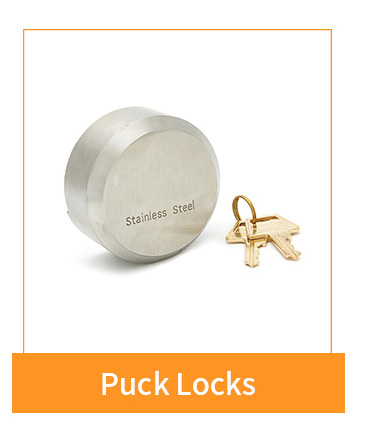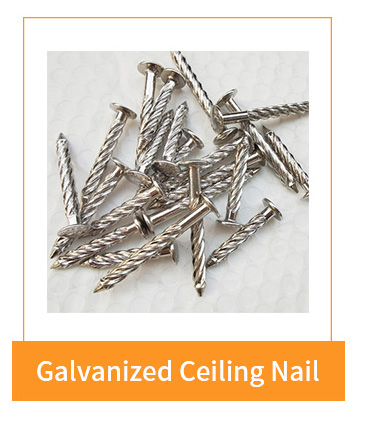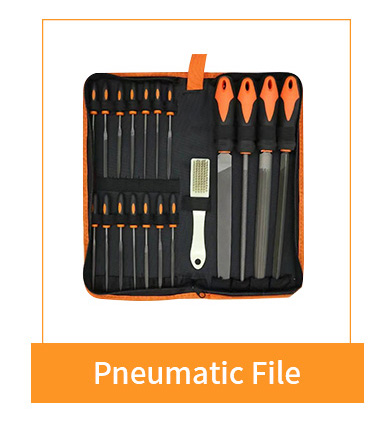




NaN / 0
60mm Carbon Steel Thickened Casement Hinge Door and Window Rounded Hinge
Get Latest Price
US$ 0.46
≥2000 Pieces
Quick Details
Model NO:
GSH560
Transport Package:
Neutral Unlicensed Orange Color Box+Customizable
Trademark:
Customizable
Origin:
Zhejiang, China
Product Details
Wardrobe Hinges Description

Our door hinges are widely used hardware in household and building construction, which is a small piece accessory with the function of connection of doors and frame, the door hinge can allow a door to open and close easily. Most of them are made from steel and other metals with a simple design. There are also many types of door hinges in the market , such as Butt, Inset, Spring, Standard, and Surface Mount. The most common type of hinge used on the door is butt hinge, this type of door hinge are usually with two leaves mortised into the door and frame,allowing the two to butt up to each other. Bestsuppliers we offer all types of door hinges for all your hardware needs,and are available in multiple variances of black , brass, bronze , chrome,copper.
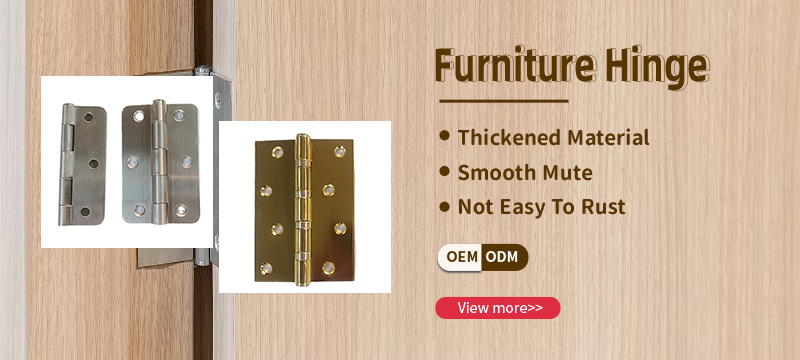
Hidden Cabinet Hinges Detailed Photos
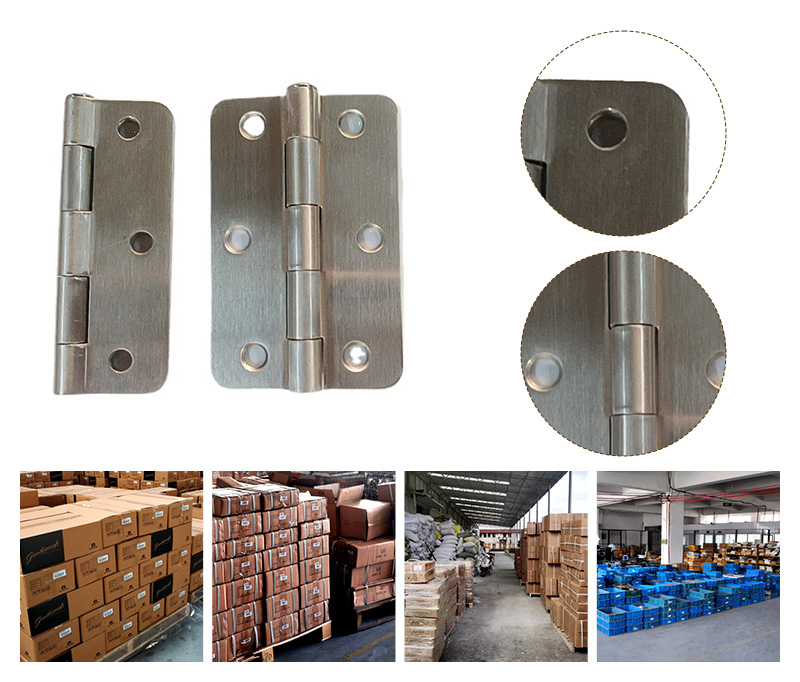
Cupboard Hinges Application
This hinge is suitable for drawers, dressers, wardrobes, bedroom doors, etc., and has a wide range of uses.
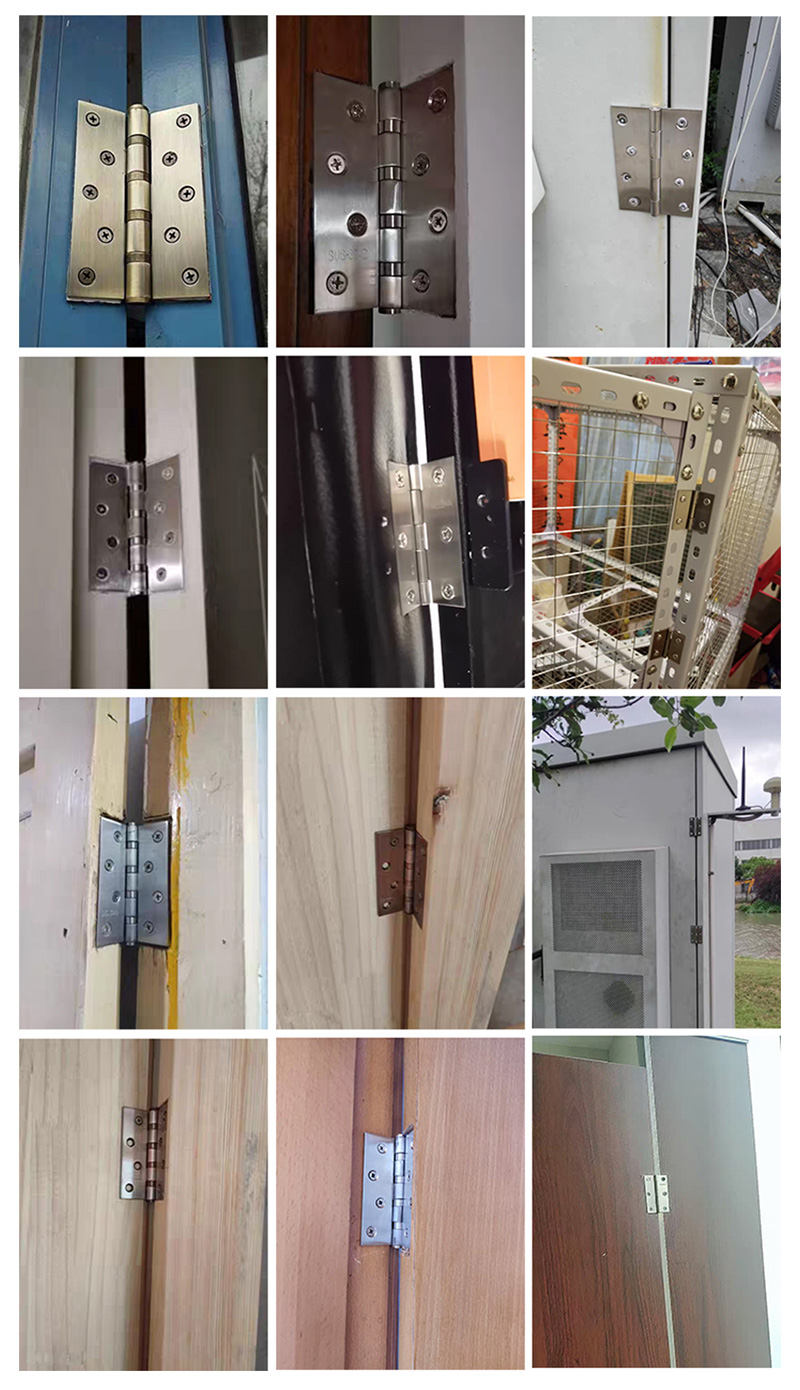
Cupboard Door Hinges Production Process
The hinges manufacturing involves a series of steps , each of these steps ensure its perfect performance in final finished hinges. So here are the main steps of how he door hinges are made:
1.Raw material thermal treatment:
Firstly , we need to know the hinge manufacturing involves a certain degree of thermal treatment,the raw metal material will firstly heated to make it molten in a smelting unit,for the purpose of forming into various shapes and change its chemical composition.
2.Casting:
The casting is an important machining working step, during the casting process , the metal is melted and then put into the mold to solidify the determined form. After casting , the pieces will be under finishing treatment to have an aesthetic feature.
3.Extrusion:
Extrusion is a working technique that can force the metal against a specially shaped die under high pressure. The extruded hinges are usually stronger in mechanical property than stamped hinges.
4.Deformation:
Deformation of metal into a certain hinge shape is a complex process, that include bending, spinning, rolling, or forging it.The metal needs to be drawn and elongated , and stretched until it obtain a desired form.
5.Cutting:
Removing excess material from metal workpiece is another way to shape it into a hinge component. The cutting is usually accomplished by sawing, drilling , or shearing or laser and waterjet cutting.
6.Secondary production process of hinges:
The secondary production process involves treatment for protection against deterioration and wear.Every time a hinge is used,some of its metal is worn away. Thus some manufacturers will assemble hinge with ball bearing in the middle of each joint.The ball bearings ensure a smoother glide when the hinge is in motion, while for aesthetic consideration, the hinges before sending to customers , will also have a series of finishing treatments such as polishing, burnishing , painting to increase decorative appeal.
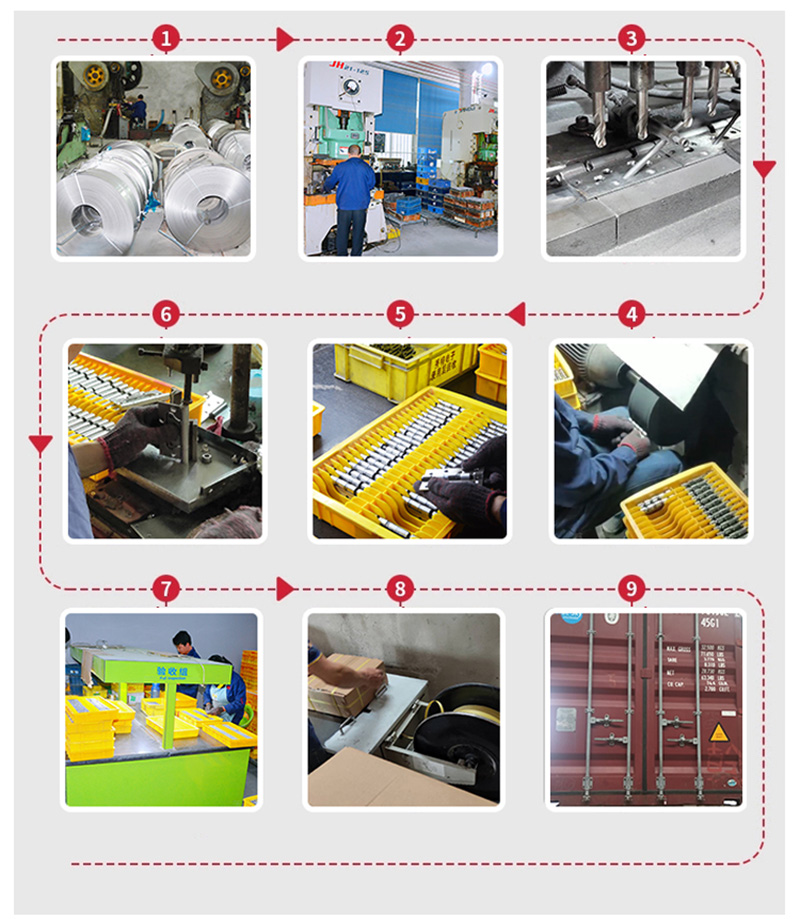
Product Category

Company Profile

If you are interested in our products,Please feel free to contact us!


FAQ

1.What types of hardware, tools, and locks do you supply?
Answer: We provide a diverse range of hardware and tools, including a variety of locks such as padlocks, door locks, and specialty locks. Our tools cover both hand tools and power tools for various applications.
2.Can I request product samples before placing a bulk order?
Answer: Yes, we encourage clients to request samples to evaluate the quality, durability, and functionality of our hardware, tools, and locks before committing to a larger order.
3.What is the minimum order quantity (MOQ) for your products?
Answer: The MOQ varies depending on the type of product. Please contact our sales team for specific information about MOQs for locks, tools, or other hardware.
4.How do you ensure the quality of your tools and hardware?
Answer: We implement stringent quality control measures at every stage of production to ensure that our locks and hardware meet the highest standards. Our team conducts thorough inspections and testing.
Explore More Products
Hot Searches




